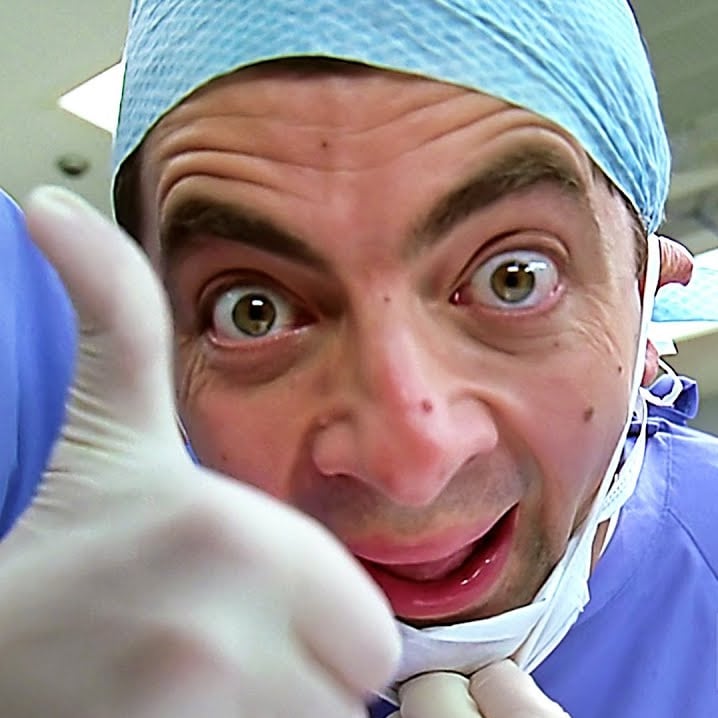I thought the ozone hole was supposed to be shrinking?
I thought it was gone
I was told it was fixed. WTF?
Like the ozone thing was the last time humanity came together and fixed a problem instead saying it was a LiBrUl oZone hole.
Yeah, that’s what I heard too. And it was because of CFC’s and wasn’t related to climate change. Once CFCs were outlawed, I heard the hole in the ozone was fixing itself (and ultimately fixed).
Seen a lot of “trades” videos out of china with refrigerant cylinders in the back that look suspiciously like R-12 and R-22 cylinders.
You know, the refrigerants that were eating into the ozone layer.
Fucking hell. Thanks China.
They signed the Montreal protocol, which is what banned cfcs internationally.
But that doesn’t stop them from either using existing stockpiles, although I don’t know how they still have a significant amount of either, or ignoring the treaty altogether.
CFCs are actually amazing refrigerants. They are low pressure and were fairly cheap to manufacture compared to modern refrigerants. The low pressure is nice, because it means the systems that work with those don’t need to be designed to withstand 400+ psi like you need for 410a for example. That also means installers on lower pressure systems only need to soft solder joints most of the time, instead of brazing the lines together. That’s the only reasons I can think of that they’d still be using damn CFCs.
That was the hole above California. This hole is above Antarctica, apparently caused by emissions drifting from China.
It’s been continuously shrinking. It takes time for it heal and it ebbs and flows with the seasons. It won’t close until 2040.
One possible reason for the higher-than-normal growth is the Hunga Tonga volcanic eruption in January 2022, which introduced massive quantities of water vapor into the air. “The water vapor could have led to the heightened formation of polar stratospheric clouds, where chlorofluorocarbons (CFCs) can react and accelerate ozone depletion," said Inness.
Yet despite experiencing large seasonal growth this year, the ozone hole is still decreasing in size overall. “Based on the Montreal Protocol and the decrease of anthropogenic ozone-depleting substances, scientists currently predict that the global ozone layer will reach its normal state again by around 2050,”
It is, but it ebbs and flows over time, with the seasons. Lots of natural processes can interact with the ozone levels. It should be back to 1980 levels by 2040.
The solution is obvious. We must increase the size of Brazil.
Increase, or decrease?
The issue is the ratio of the ozone hole in relation to Brazil, increasing the size of Brazil (the denominator) decreases the ratio.
But making Brazil smaller makes the hole smaller, right?
For Pete’s sake. Read the damn article.
One possible reason for the higher-than-normal growth is the Hunga Tonga volcanic eruption in January 2022, which introduced massive quantities of water vapor into the air. “The water vapor could have led to the heightened formation of polar stratospheric clouds, where chlorofluorocarbons (CFCs) can react and accelerate ozone depletion," said Inness.
China did increase CFCs… in the past. This is one of the reasons why the hole in the ozone is bad. There are already natural processes that can affect it, we don’t want to be piling on.
This is the best summary I could come up with:
Observations from the European Space Agency’s (ESA) Copernicus Sentinel-5P satellite indicate the ozone hole reached approximately 10 million square miles (26 million square kilometers) in area on Sept. 16, 2023 — making it one of the largest seasonal holes ever observed.
Ozone is a naturally occurring gas, and there’s a layer of it in the stratosphere that protects us from the sun’s ultraviolet, or UV, rays.
The ozone hole still grows and shrinks seasonally, however, due to temperature changes and wind conditions in the stratosphere, reaching a maximum between mid-September and mid-October.
One possible reason for the higher-than-normal growth is the Hunga Tonga volcanic eruption in January 2022, which introduced massive quantities of water vapor into the air.
“The water vapor could have led to the heightened formation of polar stratospheric clouds, where chlorofluorocarbons (CFCs) can react and accelerate ozone depletion," said Inness.
“Based on the Montreal Protocol and the decrease of anthropogenic ozone-depleting substances, scientists currently predict that the global ozone layer will reach its normal state again by around 2050,” said Claus Zehner, ESA’s mission manager for Copernicus Sentinel-5P.
The original article contains 340 words, the summary contains 180 words. Saved 47%. I’m a bot and I’m open source!
How many capybara is that?
Brazil
- Area: 8,515,767 km² (3,287,956 sq mi)
- (sauce)
Capybara
- Adult capybaras grow to 106 to 134 cm
- (sauce)
Taking the average for length (120 cm). The width of a capybara is surprisingly absent from the internet, so I had to improvise by counting pixels:

Finding a clean top-down photo was also surprisingly difficult, but I chose this one because it’s laying fairly straight, and there’s a visible prominence of its hip bone and spine. I don’t want to count fur-fluff in the width, so multiplying the hip to spine count by two gets us a hip-to-hip count of 56 pixels, which is 0.209% of its 268 pixel length. Multiplying wiki’s length average by 0.209 gets us a width of: 25.08 cm, x 120 cm gives us an area of 3,009.6 cm² (3.24 sq ft), or to make our units the same, 0.030096 km²
8,515,767 km² (Brazil) / 0.030096 km² (capybara) = 282,953,448.96 capybaras per Brazil
x 3 = 848,860,346.88 capybaras per 1 antarctic ozone hole!
Good bot.
Only at work, bruh!
you’re late by alot of years
we like fixed it
well we very clearly did not fix it
A lot*
No, it’s recent. The hole IS healing, but it takes time. It will close around 2040








